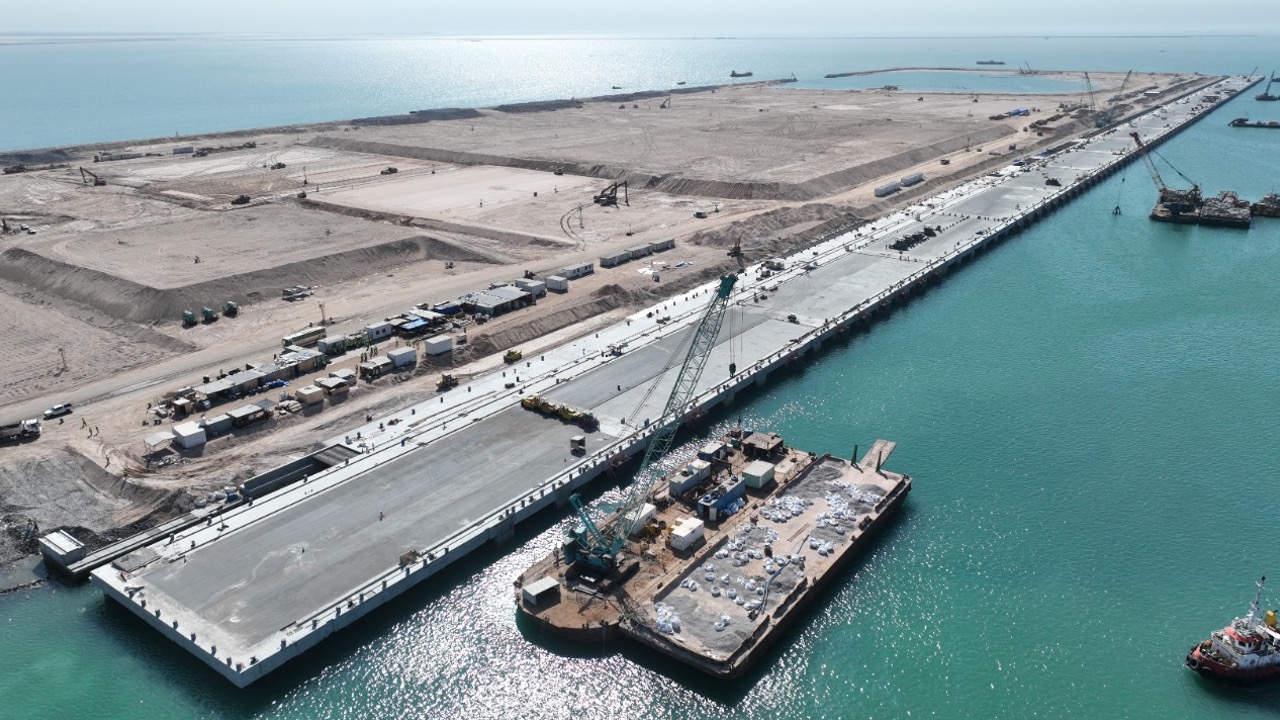What is 4D BIM?
- Youtube Views 86,433 VIDEO VIEWS
What is 4D BIM and how can it add value on building information modelling (BIM) projects?
In simple terms, BIM is the process of creating information models or data sets formed of graphical and non-graphical information in a shared digital space known as a Common Data Environment (CDE). The information builds in richness as the project stages progress until that complete data set is handed over to the Client and/or end user at completion.
As you create an information model, you can add scheduling data to different components, generating accurate programme information and enabling step-by-step visuals of your project’s development. It is this is process that is known as 4D BIM.

Linking of scheduling data to components of an information model in a Common Data Environment (CDE).
Linking in cost data in order to support cost planning and generate estimates is known as 5D BIM, whilst the inclusion of information to support facilities management and operation is called 6D BIM.
4D BIM involves time-related information being associated to different components of an information model. For a specific element or work area, that could include details on its lead-time, construction and installation period, curing and drying allowances, sequencing or its interdependencies with other areas.

Scheduling data linked to the foundation components of a graphical model.
With this data included, Planners can quickly develop accurate programmes for projects, based on one reliable source of federated information. The specific activities and items within those programmes can be clearly linked to their graphical representations.
“Planners can quickly develop accurate programmes based on one reliable source of federated information”
The inclusion of time-related attribute data also enables 3D visuals of a project’s development to be created, showing how it will be constructed and how both the structure and surrounding site will appear at each phase. This is hugely beneficial in terms of planning work in a safe and logical way that maximises efficiency on site.
+on+The+B1M.png?Action=thumbnail&algorithm=fill_proportional&width=754)
Step-by-step 3D visualisation of a construction methodology.
With programme and visual information like this to hand, project teams can effectively prototype assets in a virtual environment first and provide rapid feedback on design or methodology changes to their colleagues.
“This is hugely beneficial in terms of planning work in a safe and logical way that maximises efficiency on site”
Such an approach helps to negate last minute on-site design co-ordination and rework, ultimately eliminating waste from the delivery process and helping to speed it up. This is key as construction sites are expensive to run and represent a significant proportion of the total cost for many projects. The efficiency generated can streamline the cost base for project teams and increase their capacity, whilst reducing overall delivery costs for Clients.
4D BIM is also a powerful tool for communicating the impact of built assets with local Stakeholders during delivery and once completed. Everyone can see and comprehend a clear impression of how the asset will appear, rather than having to envisage that from plans or Gantt charts.

A 3D visualisation of a new asset under construction.
You can work with 4D at any stage of a project, and it can add a lot of value and influence at the front end when assessing the feasibility of schemes. It’s also useful during tendering if you want to quickly understand a project or demonstrate and build confidence around your methodology as part of the selection process. Clearly, the information you’ll gain will be quite high-level in the early stages and will build in detail as your project progresses.
It is important to note is that ‘4D BIM’ refers to a particular way of linking data to an information model; an additional ‘dimension’ of data. It is different to the Bew-Richards BIM Maturity Levels that run from 0 to 3 (and beyond) describing the supply chain’s ability to exchange information in a digital way. 4D, 5D and 6D considerations can all occur within BIM Level 2.
Fred ends with a message for Planners worried that 4D BIM could replace them: “That really isn’t the case. 4D BIM actually brings Planners in closer to the heart of the project team. Rather than creating programmes that require several iterations as proposals develop, Planners play a greater role in shaping those proposals in the first place” he says. “They effectively add more value and become more respected by their peers”.
“4D BIM won’t replace Planners. It actually brings them in closer to the heart of the project team”
Why not have a go at 4D BIM on a pilot project? Try to learn as much as you can from that experience and steadily build your capabilities from there.
This video features footage of Asta Powerproject, learn more here.
This video contains extracts of PAS 1192-2: 2013, © 2013 The British Standards Institution, © 2013 Mervyn Richards OBE and © 2013 Mark Bew MBE.
We welcome you sharing our content to inspire others, but please be nice and play by our rules.




